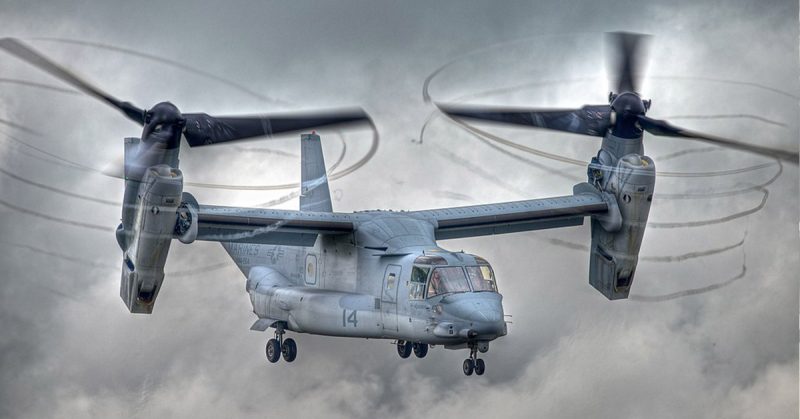Vertical take-off and landing (or VTOL) has been largely the stuff of science-fiction. It usually features something like rotating jets angle downwards and then fire, lifting the craft up into the air, where it can presumably manoeuvre towards its destination.
But the dreams of science-fiction have this odd tendency to become science-fact (just look at your cellphone) and the usual developers for these types of futuristic technology is the military.
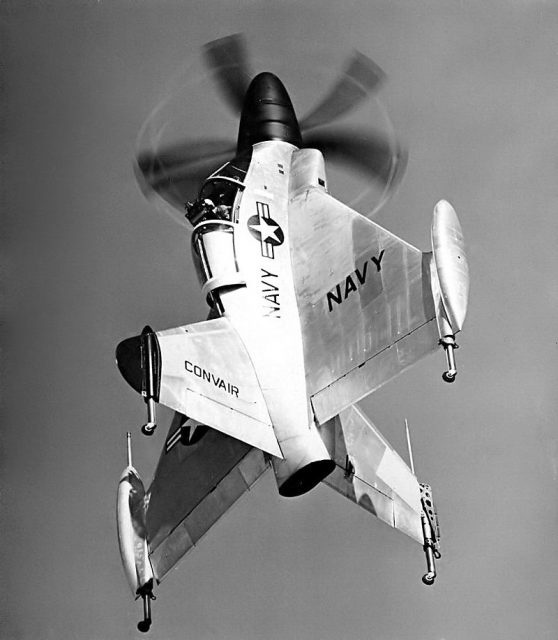
Aircraft using VTOL technology would not necessarily need a long runway, which means that the Air Force could theoretically maximize space by loading up a tarmac with fighters and bombers. In civilian terms, it means more airplanes per airport, and more flights taking off at any given time.
The reduced requirement for physical space could reduce the costs in terms of infrastructure when compared to other more traditional planes.
The challenge lies in the engineering, and it’s been an enduring puzzle that people have been trying to solve for literally decades. Youtuber Real Engineering gives an excellent primer to VTOL technology, including its humble beginnings and early design bumps and snags.
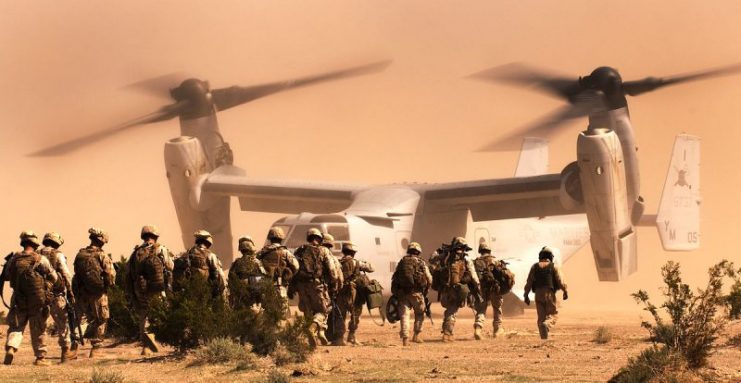
There are two different types of VTOL technology: rotorcraft and powered-lift.
Rotorcraft, also called rotary wing aircraft, uses lift generated by rotor blades spinning around a central mast. It’s the variety of technology used in helicopters, gyrocopters and quadcopters.
The second type of VTOL technology involves devices that take off and land vertically, but differ in performance from rotorcraft while in the air. These devices typically have a more conventional fixed wing design and examples include convertiplanes like the Bell Boeing V-22 Osprey, which uses fixed wing lift in normal flight, but launches and lands vertically.
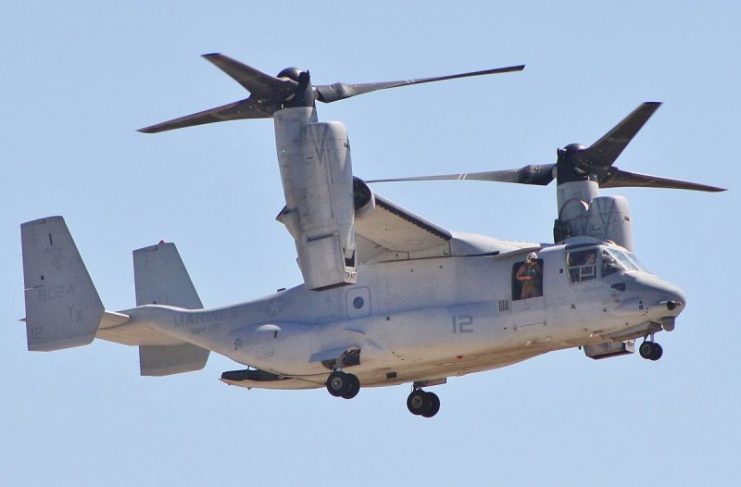
Beyond commercial airline opportunities and military applications, VTOL has drawn the attention of other private and civil firms including the potential for flying cars and air taxis, which would make extensive use of helipads without actually being helicopters themselves.
Even ride-sharing giant Uber has expressed interest in VTOL technology, hoping to deck out their ride-sharing brand with an aerial option, and possibly even partnering with Airbus for the venture. Lilium, a German company, reports having completed successful test runs of VTOL technology, and the city of Dubai has expressed interest in incorporating VTOL planes into future transportation ventures.
What’s most revolutionary about Lilium’s curious design is that it features two pairs of wings and 36 turbofans. These fans are able to point either horizontally or vertically, and smoothly transition between the two alignments.
Each fan has a high-speed electric motor behind it, and the craft can reach a top speed of over 150 miles an hour on a 1 hour rechargeable battery. In design, it’s similar to a certain DARPA X-Plane design, but without the extreme stats.
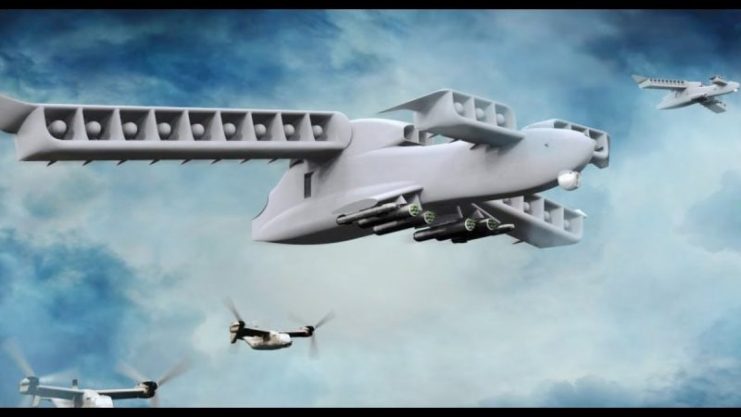
The first flight featured Lilium’s two-seat prototype, which itself was a precursor to Lilium’s five-seat commercial aircraft. The intention behind the flight was to run some tests on the aircraft’s capabilities, including VTOL, how it transitioned to normal flight, and other complex maneuvres.
These tests involved a smaller version of their commercial design, and was unmanned, so the likelihood of boarding an Uber Air anytime soon isn’t good. Still, this prototype test pushes Lilium ahead of the competition, so if it does manage to bring its craft to the market, Lilium sees it as an air taxi capable of ferrying passengers over the crowded streets of the city aiming for destinations faster than anyone or anything else on the roads far down below.
Who knows? Given time, money and favourable circumstances, we may someday trade in our environmentally catastrophic internal combustion engines in for something decidedly lighter, and all while ensuring that our commute to work is full of sunny skies.
https://www.youtube.com/watch?v=4GfqB7P6uAE
